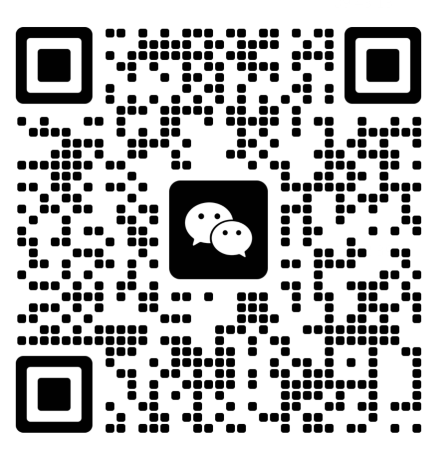 +86 755 2794 4155
+86 755 2794 4155  sales@knownpcb.com
sales@knownpcb.com
-
Shenzhen KNOWNPCB Technology Co., Ltd.
 +86 755 2794 4155
+86 755 2794 4155  sales@knownpcb.com
sales@knownpcb.com
 2024-09-24
2024-09-24
 448
448
Raw materials for PCB
Copper clad laminate is a substrate material used in the production of printed circuit boards. It is used to support various components and can achieve electrical connections or insulation between them. PCB is a printed circuit board (PCB), which is simply a thin plate containing integrated circuits and other electronic components. It almost appears in every electronic device. According to a recent report by Time magazine, China and India are among the most polluted countries in the world. To protect the environment, the Chinese government has been strictly formulating and implementing pollution control measures, which have affected the PCB industry. Many towns are no longer allowing the expansion and construction of new PCB factories, such as Shenzhen Jingbang Technology Co., Ltd. in Majialong Industrial Zone, Nanshan District, which has a small amount and mainly relies on high-precision manual labor, and outside the city, which mainly relies on mass equipment production. Dongguan has designated four towns as production bases for "polluting industries" and prohibits the construction of new factories outside the designated areas. If there are electronic components in a certain device, they are all embedded on PCBs of different sizes. In addition to fixing various small parts, the main function of PCB is to provide electrical connections between the various components on top. As electronic devices become increasingly complex, they naturally require more and more parts, and the circuits and components on the PCB are also becoming denser. Bare board (without any components on top) is also commonly referred to as "Printed Wiring Board (PWB)". The substrate of the board itself is made of insulated and non bendable materials. The small circuit material visible on the surface is copper foil. Originally, the copper foil covered the entire board, but during the manufacturing process, some parts were etched away, leaving behind a network of small circuits. These circuits are called conductor patterns or wiring, and are used to provide circuit connections for components on the PCB. Usually, the color of PCB is green or brown, which is the color of solder mask. It is an insulating protective layer that can protect copper wires and prevent parts from being welded to incorrect places. A silk screen will also be printed on the solder mask layer. Usually, text and symbols (mostly white) are printed on this to indicate the position of each component on the board. In order to fix the parts on the PCB, we solder their pins directly onto the wiring. On the most basic PCB (single panel), the parts are concentrated on one side, and the wires are concentrated on the other side. Therefore, we need to drill holes in the board so that the pins can pass through the board to the other side. Therefore, the pins of the parts are soldered onto the other side, The front and back sides of a PCB are called the component side and the solder side, respectively. If there are certain components on the PCB that need to be removed or reinstalled after production, sockets are used for their installation. Since sockets are directly soldered onto the board, the components can be disassembled and assembled at will. To connect two PCBs to each other, we usually use edge connectors commonly known as "gold fingers". The gold fingers contain many exposed copper pads, which are actually part of the PCB wiring. When connecting, we insert the gold fingers on one PCB into a suitable one on the other PCB. On a slot (usually called an expansion slot). In a computer, such as a graphics card, sound card, or other similar interface card, They are all connected to the motherboard through golden fingers. Printed circuit boards etch complex copper wires between parts into a board after careful and neat planning, providing the main support for electronic components during installation and interconnection. They are essential basic components for all electronic products. Printed circuit boards are flat plates made of non-conductive materials, on which pre drilled holes are usually designed to mount chips and other electronic components. The holes in the components help to electronically connect the pre-defined metal paths printed on the board surface. After passing the pins of the electronic components through the PCB, conductive metal electrodes are adhered to the PCB to form a circuit. According to their application fields, PCBs can be divided into single panel, double-sided board, multi-layer board with four or more layers, and flexible board. Generally speaking, the more complex the functions of electronic products, the longer the circuit distance, and the more contact pins, the more layers are required for PCBs, such as high-end consumer electronics, information and communication products, etc; Soft boards are mainly used in products that require bending, such as laptops, cameras, automotive instruments, etc.

Or call +86 755 2794 4155
Inquiry Now

